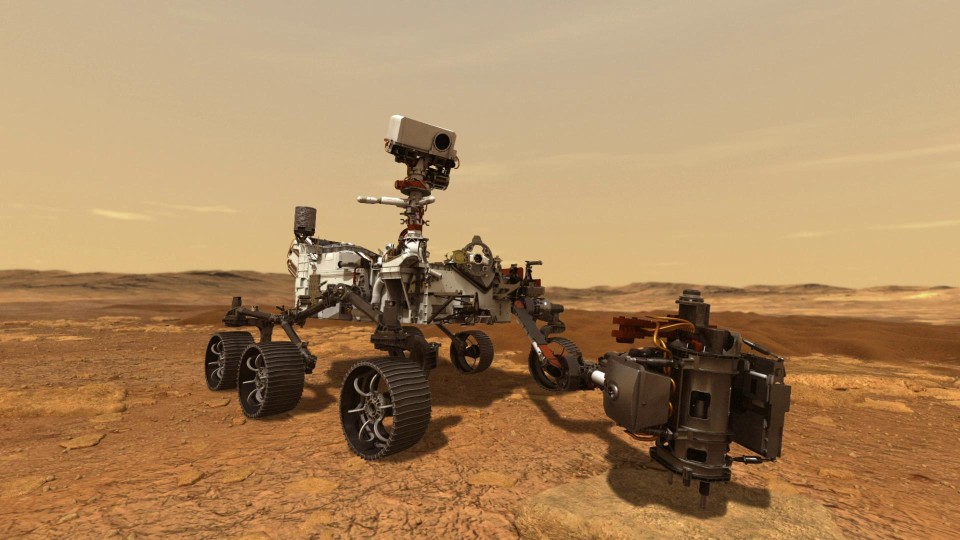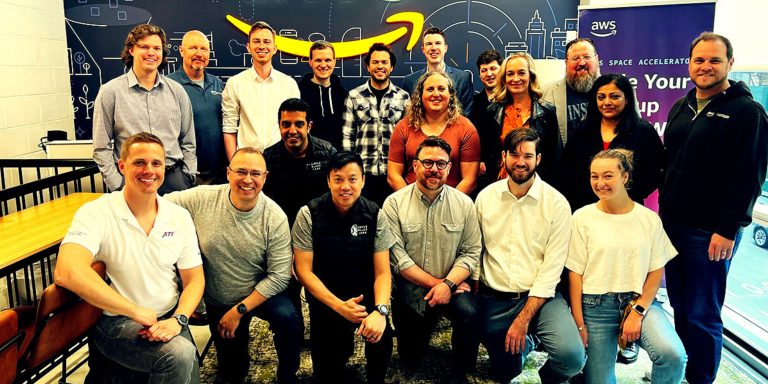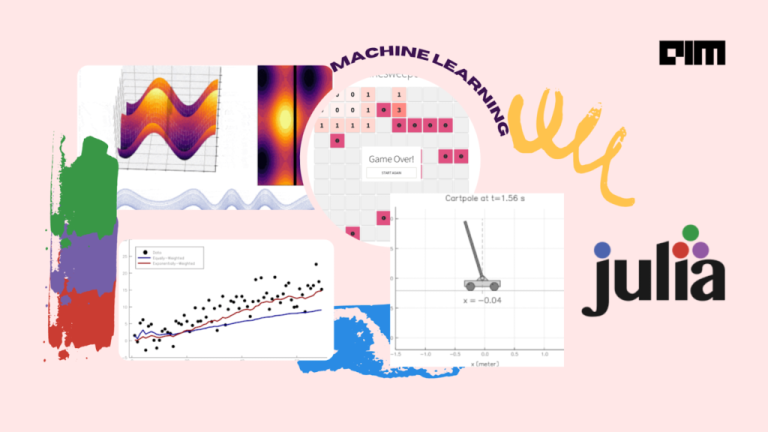On February 18, 2021, NASA’s Perseverance Rover landed on Mars for the first time ending a seven-month-long voyage. The rover is now all set to scrape the red planet to unearth hints of ancient microbial life.
I’m safe on Mars. Perseverance will get you anywhere.
— NASA's Perseverance Mars Rover (@NASAPersevere) February 18, 2021
#CountdownToMars
Perseverance Rover, the most advanced and expensive ‘mobile laboratory’ on a Mars mission, left Earth in July 2020. Researchers are counting on the mission to shed light on life on Mars, the possibility of life beyond, and the ever-expanding universe. Further, Perseverance Rover will pave the way for manned and unmanned missions to Mars in the future.
The rover is expected to begin drilling in the coming summer. As per reports, the engineers have programmed the rover to traverse the delta first, cross the lakeshore and then hit the crater’s edges.
Let’s dig a bit into the tech aspects powering the rover at its ‘forever home’.
Hello, world. My first look at my forever home. #CountdownToMars pic.twitter.com/dkM9jE9I6X
— NASA's Perseverance Mars Rover (@NASAPersevere) February 18, 2021
Looking For Clues
The first order of business for Perseverance Rover is to prospect for traces of microscopic life from billions of years back. For this, the engineers and scientists have fitted a Planetary Instrument for X-ray Lithochemistry (PIXL) in the rover.
PIXL is a precision X-ray device powered by artificial intelligence. At the size of a lunchbox, PIXL sits on the end of the rover’s 2m robotic arm.
Though previous missions to Mars had X-ray-based spectrometers, PIXL comes with a superior ability to scan rocks using a finely focused X-ray beam. The device can detect a chemical’s presence, complete with its quantity and distribution on a surface.
PIXL uses a hexapod to connect with the robotic arm. The underpinning AI algorithms help the arm aim better. NASA’s scientists have nicknamed PIXL a night owl for its ability to see in the dark.
Ingenuity Mars Helicopter
Ingenuity helicopter is attached to the rover’s belly. The helicopter has a lot of autonomy in flying to a waypoint since it’s not controlled from Earth. Interestingly, Ingenuity is the first helicopter roaming a planet outside Earth. Commands are sent in advance, and Ingenuity will send over the engineering data collected after each flight.
The aerodynamic insights harvested can be leveraged to engineer robotic flying vehicles for interplanetary missions in the future. Further, the Ingenuity helicopter can access terrain off-limits for the rovers.
Data Collection For Future Landings
For Curiosity, scientists used MEDLI ( stands for MSL Entry, Descent, and Landing Instrumentation) sensors to measure the effect of temperature and pressure on the rover’s body.
Perseverance packs MEDLI2, a next-gen sensor suite for collecting data from both the heat shield and the rover’s backshell. It combines the temperature and pressure observed on the rover with the data collected from the rover’s weather station to extract insights to help scientists design future entry, descent, and landing systems and mitigate risks.
Terrain-Relative Navigation
The AI-powered Terrain-Relative Navigation system ensured the rover has a safe descent on the surface of Mars. Using Terrain-Relative Navigation, the rover could estimate its location and position relative to the ground with an accuracy of 40 meters.
While descending, the rover, using LiDAR and similar technology, created a map of its landing site. The map was then compared with the images the rover took while approaching the surface, allowing it to redirect and land in the safest area possible.
Fittings
MOXIE: The Mars Oxygen In-Situ Resource Utilization Experiment or MOXIE will demonstrate how oxygen can be produced from the Martian atmosphere.
MEDA: Mars Environmental Dynamics Analyzer or MEDA will measure weather and monitor dust using sensors.
RIMFAX: Radar Imager for Mars’ Subsurface Experiment, also called RIMFAX, will use radar waves to probe the ground under the rover.
SuperCam: This instrument uses a camera, laser, and spectrometers to examine rocks and soils.




















































































